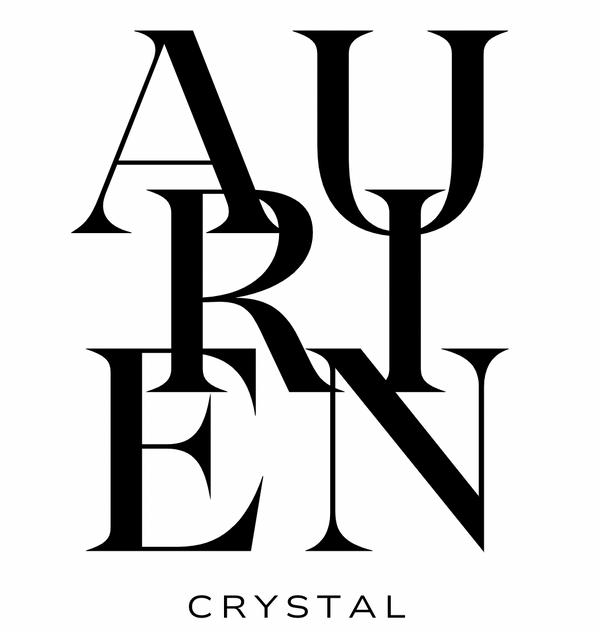Collection: Zhuji Fresh Water Baroque Pearls
Zhuji Freshwater Baroque Pearl — FAQ
What are Zhuji freshwater baroque pearls?
Zhuji (Zhejiang, China) is a major center for cultured freshwater pearls. Baroque refers to their organic, non-round shapes with bold presence and luminous nacre—ideal for statement bracelets.
Freshwater baroque vs South Sea baroque — what’s the difference?
Freshwater pearls are generally more accessible, with wide shape/color variety and solid nacre. South Sea pearls are typically larger with thicker nacre and command higher prices. Both can have high luster; the look and budget guide the choice.
What is the difference between “Edison” bead-nucleated pearls and tissue-nucleated pearls?
Bead-nucleated (Edison) freshwater pearls can be larger and rounder with bold metallic luster; tissue-nucleated pearls often show more varied baroque shapes and layered nacre character. Both can be beautiful when well-matched.
What colors and luster should I expect?
Common natural hues include white, cream, blush/peach, and lavender. Quality strands show high luster (sharp reflections) with soft orient. Slight surface textures or growth rings are normal for baroque pearls.
How do I tell real pearls from shell/glass imitations?
Genuine pearls feel cool and weighty with depth in luster. Under magnification, you’ll see natural growth texture, not a perfectly uniform coat. Imitations may show paint at drill holes or glassy surfaces.
Are freshwater baroque pearls durable for everyday bracelets?
Yes, with mindful care. Pearls are organic; avoid hard knocks and abrasive surfaces. Their solid nacre construction supports long wear when handled gently.
How do I clean and care for a freshwater pearl bracelet?
Wipe after wear with a soft damp cloth and let dry. Avoid ultrasonic/steam, harsh chemicals, and abrasive cloths. Store separately in a soft pouch to prevent scratches.
Can pearls get wet? What about perfume, sunscreen, or hairspray?
Brief fresh water is fine, but avoid showers, pools, hot tubs, and saltwater. Put pearls on last (after fragrance/sunscreen/hairspray) and take them off first.
Should bracelets be silk-knotted? How often should I restring?
Silk knotting between pearls adds security and a luxe drape. Many owners restring every 12–24 months or when knots stretch—frequency depends on wear.
What sizes are common for Zhuji baroque bracelets?
Popular bead sizes: 8–10 mm (everyday) and 10–12 mm (bolder). For fit, measure a snug wrist and add 0.5–0.7 in (1.2–1.8 cm) for elastic comfort.
What quality factors should I look for in baroque strands?
Focus on luster, surface cleanliness, shape appeal, and matching across the strand. Baroque pieces prize character—expect charming variations.
How do I style Zhuji baroque pearls?
For warmth, add gold-plated/vermeil accents. For contrast, stack with black onyx or blue moonstone. Mix 6 mm + 8 mm gemstone strands for dimension.
This collection is empty
